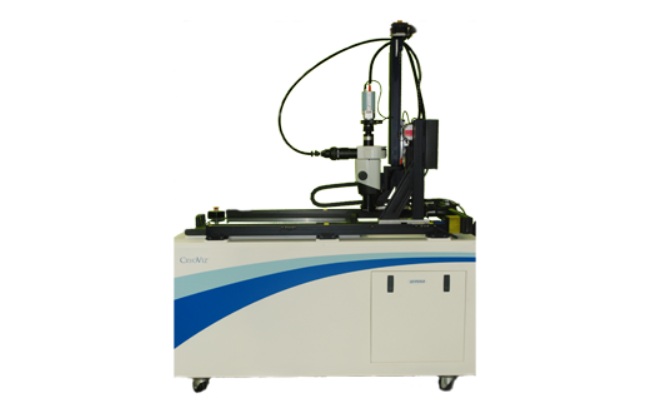Portable Spectroscopy Rapidly and Noninvasively Detects Bacterial Species in Vaginal Fluid
Posted on 13 Aug 2025
Vaginal health depends on maintaining a balanced microbiome, particularly certain Lactobacillus species. Disruption of this balance, known as dysbiosis, can increase risks of infection, pregnancy complications, and other long-term health issues. Existing diagnostic methods often fail to detect Lactobacillus iners, a key protective bacterium, or identify early microbiome changes. Now, a new optical approach offers a faster, noninvasive way to spot microbial imbalances.
Researchers at Vanderbilt University (Nashville, TN, USA) tested surface-enhanced Raman spectroscopy (SERS), a technique that captures biochemical fingerprints from vaginal fluid. In a pilot study, they collected samples from 19 participants during routine exams and analyzed them using both a laboratory Raman microscope and a portable Raman spectrometer. The SERS spectra revealed proteins, lipids, organic acids, and sugars. The team then used a separate molecular technique, quantitative PCR, to identify key microbes in each sample.

The study, published in Biophotonics Discovery, compared spectral profiles to molecular results from quantitative PCR. Gardnerella vaginalis, linked to bacterial vaginosis, produced elevated protein and lipid signals with reduced organic acids. Lactobacillus iners showed higher organic acid levels and fewer protein and polysaccharide signals. These trends matched known microbial effects on the vaginal environment and were visible with both lab and portable systems.
Notably, G. vaginalis signatures were found in samples from participants without symptoms or diagnosed infections, suggesting the method can detect early or subclinical microbiome shifts. The portable Raman spectrometer produced results comparable to benchtop systems, showing the technology’s potential for point-of-care use without a full lab setup.
This approach could support routine vaginal health monitoring and earlier intervention for microbiome imbalances. While the pilot study assessed only a few bacterial species, future research will expand the participant pool and employ genetic sequencing for broader microbial coverage. The findings lay the groundwork for less subjective, more accessible diagnostics in women’s health.
Related Links:
Vanderbilt University














